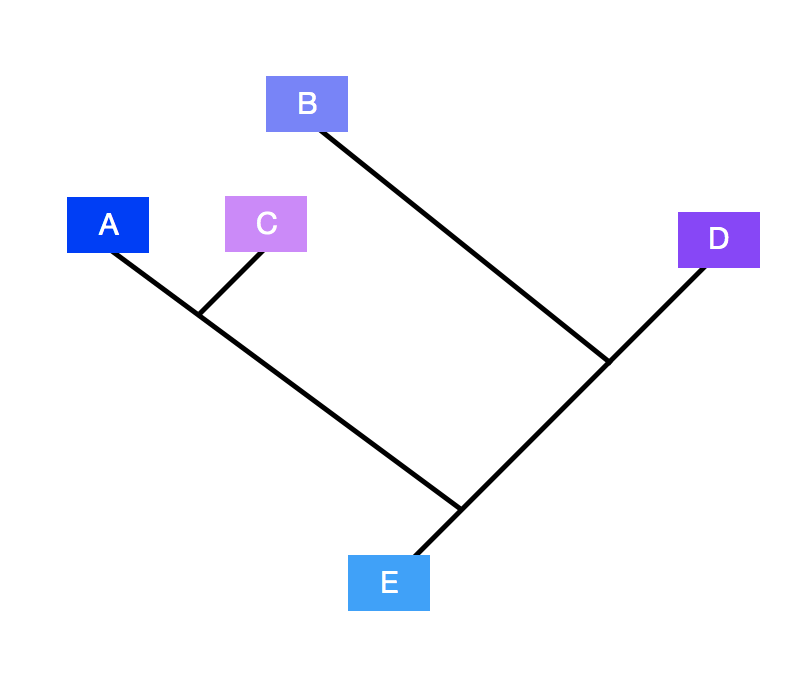
All Solutions
Page 636: Assessment
In this case, all of these animals belong to different phyla and the other succeeding taxonomic ranks. However, they all belong to the same kingdom, which is called Animalia.
Picture B shows a paramecium. It belongs to Kingdom Protista.
Picture C shows a mushroom. It belongs to Kingdom Fungi.
Picture D shows a fish. It belongs to Kingdom Animalia.
In this case, studying the evolutionary relationships and patterns between organisms will not just allow us to understand how living and extinct species are related because of a common ancestor. It would also help overcome misconceptions and determine how species are closely related in order to group them properly.
Moreover, the limbs of birds and bats are actually homologous to each other. Birds and bats usually have the same embryonic tissues during its development stage due to the same evolutionary origin. However, when these animals start to mature, their structures appeared differently due to some modifications. Bats have flaps of skin in their fingers and arms, whereas the birds contain feathers that extend in their arm.
1. Is it a prokaryote or a eukaryote?
2. Is there a cell wall and a nucleus in the organism?
3. Is there a peptidoglycan or chitin in its cell wall?
4. Is it a heterotroph or an autotroph?
Moreover, the presence of a derived character sets the members of a clade apart from the older groups. For example, the derived characteristic of a wallaby is the presence of mammary glands, which was inherited from the most recent common ancestor. This trait is what keeps the wallaby different from a lizard and a salamander.
In this case, the very first characteristic that has evolved first is the vertebrae. All the descendants of the vertebrate ancestor inherited this trait. On the other hand, the characteristic that evolved most recently is the hair. The cat is the only descendant of the ancestor that possessed this trait.
It is possible that the two most recent evolutionary events occurred when species C branched out from species A and when species B and species D branched out from a common ancestor.


